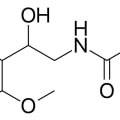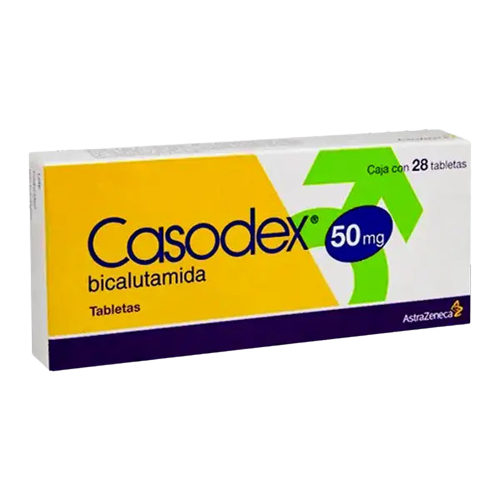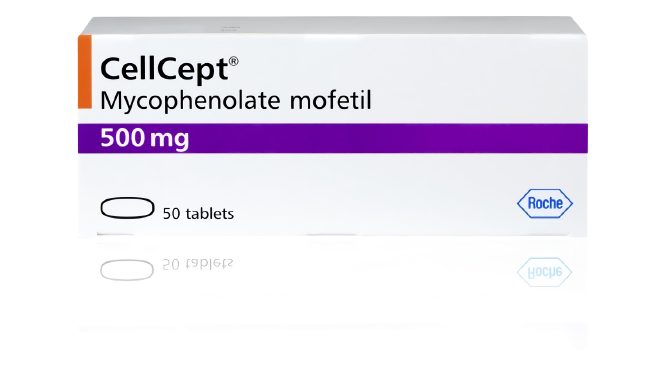Midodrine 2.5 tablet 20’ct
Midodrine 2.5 mg tablets are used to treat severe orthostatic hypotension due to dysfunction of the autonomic nervous system when corrective factors have been ruled out. The usual starting dose is 2.5 mg 2-3 times daily, with the dose increased at weekly intervals until an optimal response is obtained. Most patients are controlled at or below 30 mg daily given in divided doses, with the maximum daily dose being 30 mg.Midodrine is contraindicated in patients with hypertension, severe organic heart disease, congestive heart failure, thyrotoxicosis, pheochromocytoma, acute nephritis, acute renal disease, severe renal insufficiency (creatinine clearance <30 ml/min), hypertrophy of the prostate gland with residual urine volume increased, proliferative diabetic retinopathy, urinary retention, hyperthyroidism, narrow angle glaucoma, obliterative or spastic vessel disease, and vasovagal hypotension.Regular monitoring of blood pressure in supine and sitting position is required during treatment with midodrine. Patients should be cautioned to report any symptoms of supine hypertension immediately, and the treatment should be discontinued in patients suffering from severely fluctuating blood pressure.Midodrine 2.5 mg tablets are available in 20 count bottles

> Available on cheap price
> ALL ALTERNATIVES BRANDS ARE AVAILABLE
>ORIGNAL & IMPORTED
> For maore details & price kindly contact on whatsapp.
Description
Midodrine 2.5 mg tablets are used to treat severe orthostatic hypotension due to dysfunction of the autonomic nervous system when corrective factors have been ruled out. The usual starting dose is 2.5 mg 2-3 times daily, with the dose increased at weekly intervals until an optimal response is obtained. Most patients are controlled at or below 30 mg daily given in divided doses, with the maximum daily dose being 30 mg.Midodrine is contraindicated in patients with hypertension, severe organic heart disease, congestive heart failure, thyrotoxicosis, pheochromocytoma, acute nephritis, acute renal disease, severe renal insufficiency (creatinine clearance <30 ml/min), hypertrophy of the prostate gland with residual urine volume increased, proliferative diabetic retinopathy, urinary retention, hyperthyroidism, narrow angle glaucoma, obliterative or spastic vessel disease, and vasovagal hypotension.Regular monitoring of blood pressure in supine and sitting position is required during treatment with midodrine. Patients should be cautioned to report any symptoms of supine hypertension immediately, and the treatment should be discontinued in patients suffering from severely fluctuating blood pressure.Midodrine 2.5 mg tablets are available in 20 count bottles
Midodrine 2.5 mg Tablets (20-count)
Unique Information:
- Dosage Strength: 2.5 mg per tablet
- Quantity: 20 tablets per bottle
- Indication: Treats severe orthostatic hypotension due to autonomic nervous system dysfunction
- Starting Dose: 2.5 mg 2-3 times daily, increased weekly until optimal response
- Maximum Daily Dose: 30 mg in divided doses
- Contraindications: Hypertension, severe heart disease, thyrotoxicosis, narrow-angle glaucoma, and others
- Monitoring: Regular blood pressure monitoring in supine and sitting positions, watch for supine hypertension
The 20-count bottle size and 2.5 mg per tablet strength are the key unique details about this specific Midodrine product. The other information covers the general use, dosing, and precautions for Midodrine medication.

Midodrine is a prodrug that is metabolized into its active form, desglymidodrine, which acts as an agonist at alpha1-adrenergic receptors in the arteriolar and venous vasculature. Activation of these receptors leads to an increase in vascular tone and elevation of blood pressure.Desglymidodrine has negligible effects on cardiac beta-adrenergic receptors. It also poorly crosses the blood-brain barrier, so it is not associated with central nervous system effects. Midodrine has a rapid onset of action. Here are the key details about the onset and duration of midodrine:
- Onset: Midodrine starts working within 45-90 minutes, with the maximum effect seen at around 60 minutes after oral administration.
- Peak plasma concentrations of midodrine are reached within 30 minutes, while the active metabolite desglymidodrine peaks at 1-2 hours.
- Standing blood pressure is increased by about 10-30 mmHg 1 hour after a dose of midodrine in patients with orthostatic hypotension.
- The duration of effect is relatively short, with some blood pressure elevation persisting for 2-3 hours after a dose.
- Food does not affect the absorption or onset of action of midodrine.
Key Benefits of Midodrine
- Treats symptomatic orthostatic hypotension by increasing blood pressure in the upright position
- Increases time to syncopal symptoms or near-syncope during tilt-table testing compared to placebo
- Reduces dizziness, lightheadedness, and unsteadiness associated with orthostatic hypotension
Mechanism of Action
- Midodrine is a prodrug that is metabolized into the active metabolite desglymidodrine
- Desglymidodrine is a selective alpha-1 adrenergic receptor agonist
- Activation of alpha-1 receptors in the arteriolar and venous vasculature causes vasoconstriction
- This increases vascular tone and elevates blood pressure, particularly in the upright position
- Desglymidodrine does not significantly cross the blood-brain barrier, so it lacks central nervous system effects
Key Ingredients
- Midodrine hydrochloride (2.5 mg per tablet) – the active pharmaceutical ingredient
- Magnesium stearate
- Microcrystalline cellulose
- Maize starch
- Colloidal anhydrous silica
The tablets may also contain other minor excipients like purified talc, depending on the specific manufacturer. The 5 mg tablets may additionally contain the colorant Sunset yellow lake.The tablets are described as white to off-white, round, and biconvex in shape, with a debossed marking indicating the 2.5 mg strength.
Dosage
- Recommended starting dose is 2.5 mg 2-3 times daily
- Dose can be increased weekly until optimal response is obtained
- Maximum daily dose is 30 mg in divided doses
- Dosing should be during daytime hours when patient is upright and active
- Last dose should be taken at least 4 hours before bedtime to avoid supine hypertension
Storage
- Store at room temperature between 20-25°C (68-77°F)
- Protect from light and moisture
- Keep out of reach of children
Reviews
There are no specific reviews available for the 2.5 mg 20-count midodrine tablets. However, some key points about midodrine reviews in general:
- Midodrine is generally well-tolerated, with the most common side effects being tingling, headache, and increased supine blood pressure
- Patients report improvements in symptoms of orthostatic hypotension, such as dizziness, lightheadedness, and fainting
- Some patients note the need to carefully time doses to avoid supine hypertension at night
- Overall, midodrine is considered an effective treatment option for severe orthostatic hypotension when other measures have failed
Chemical Structure of Midodrine
Midodrine is an aromatic ether compound with the chemical formula C12H18N2O4. The key structural features are:
- Aromatic ring: A 1,4-dimethoxybenzene ring
- Substitution at position 2: A 2-(glycylamino)-1-hydroxyethyl group
- Molecular formula: C12H18N2O4
- Molecular weight: 270.3 g/mol
The full systematic chemical name is 2-amino-N-[2-(2,5-dimethoxyphenyl)-2-hydroxyethyl]acetamide.








Reviews
There are no reviews yet.